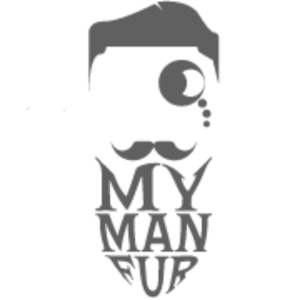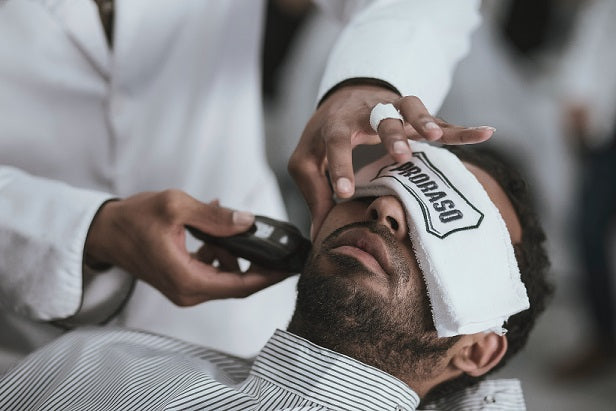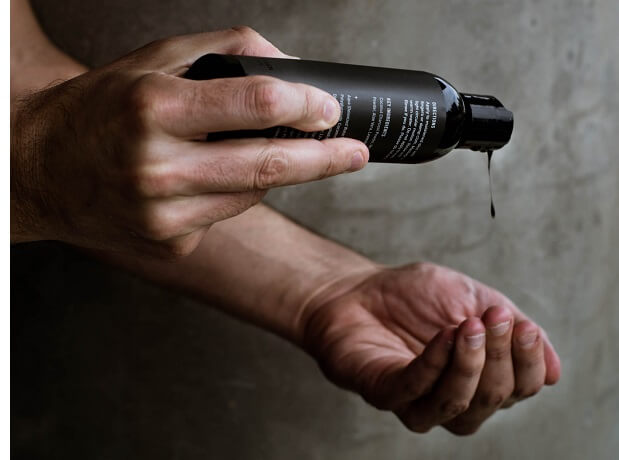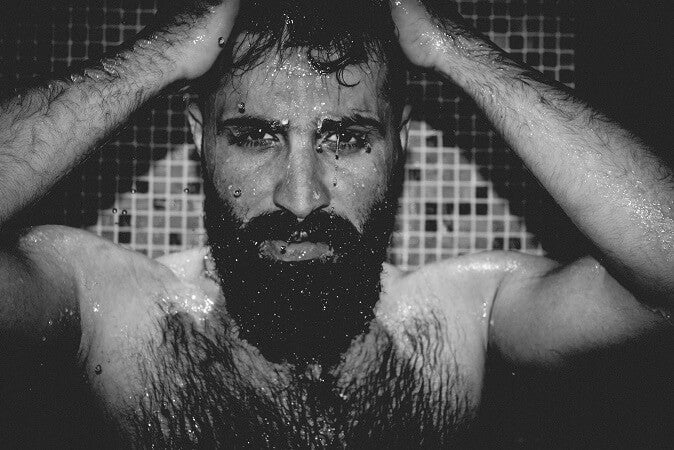FAQ
-
Why is it important to remove ear and nose hair?
Removing ear and nose hair enhances facial grooming, boosts confidence, and improves hygiene by preventing the trapping of dirt and bacteria.
-
What are the best tools for ear and nose hair removal?
High-quality ear and nose hair trimmers, professional waxing kits, depilatory creams for sensitive areas, and trimming scissors are effective tools for hair removal.
-
How often should I trim ear and nose hair?
Regular maintenance is recommended, making ear and nose hair removal a part of your routine to prevent excessive growth.
-
Can I use the same trimmer for both ear and nose hair?
Yes, many trimmers are designed for both ear and nose hair removal, offering precision and safety for both areas.
Unwanted ear hair and nose hair can be a grooming concern for many men. In this guide, we'll explore the best ways to remove ear hair and provide effective tips for nose hair removal. Additionally, discover high-quality hair removal tools at MyManFur to elevate your grooming routine.
Why Remove Ear and Nose Hair?
While a certain amount of hair in these areas is natural and serves a purpose, excessive or visible ear and nose hair can impact your overall appearance. Removing unwanted hair from these areas:
- Enhances Facial Grooming: Removing ear and nose hair contributes to a well-groomed and polished appearance.
- Boosts Confidence: Tidying up these areas can boost confidence by presenting a neater and more refined look.
- Improves Hygiene: Excess hair in the ear and nose can trap dirt and bacteria, making regular removal essential for hygiene.
Best Ways to Remove Ear Hair
Explore effective methods for removing ear hair to achieve a clean and groomed look:
- Trimming: Use a high-quality ear hair trimmer to gently trim excess hair. Trimmers designed for ear hair provide precision and prevent accidental cuts.
- Waxing: Ear waxing, done by a professional or with a suitable at-home kit, offers longer-lasting results. It involves applying warm wax to the ear canal, removing hair from the root.
- Depilatory Creams: Some men opt for depilatory creams formulated for sensitive areas. These creams break down the hair's protein structure, making it easy to wipe away.
- Manual Plucking: For a more temporary solution, manually plucking ear hair with tweezers is an option. However, it may be uncomfortable and is not recommended for long-term use.
Effective Nose Hair Removal Tips
Keep your nose hair in check with these helpful tips for efficient and pain-free removal:
- Nose Hair Trimmers: Invest in a quality nose hair trimmer designed to safely and precisely trim nose hair without causing irritation.
- Regular Maintenance: Make nose hair removal a regular part of your grooming routine to prevent excessive growth.
- Professional Waxing: If you prefer a longer-lasting solution, consider professional nose waxing. Trained estheticians can safely and efficiently remove nose hair using a specialized waxing technique.
- Trimming Scissors: For visible nose hair on the edges, small trimming scissors can be used carefully to maintain a neat appearance.
Explore Hair Removal Tools at MyManFur

Discover a range of high-quality hair removal tools designed for ears and nose at MyManFur. Elevate your grooming routine with precision and effectiveness.





